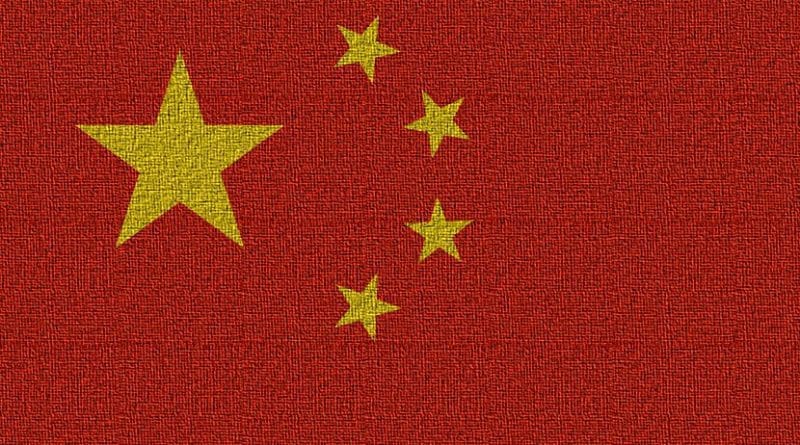China Still Key To Future Of Oil Market – OpEd
By Arab News
By Wael Mahdi*
The first half of 2018 turned out to be a very successful period for OPEC and its allies. The alliance of OPEC and other non-OPEC producers, better known as OPEC+, was about to celebrate its triumph in June and declare that the job of rebalancing the oil market was done.
Unfortunately, the situation has changed and instead of declaring that the market is rebalanced, ministers went back to the drawing board. OPEC+ was looking for ways to extend production cuts of around 1.8 million barrels a day into the second half of 2018 and the alliance was considering new ways to evaluate the main indicator for market rebalance, which was the five-year average of oil stocks for member countries of the OECD.
Everything changed in a very short period. Talks on the abundance of crude in the market shifted to shortage. The goal of the group changed from cutting to increasing supplies and, accordingly, the need for the five-year average is no longer there.
As we are in the third quarter of the year, everything seems calm and smooth for the alliance. Everyone is happy now that they are able to produce more at oil prices that were unthinkable a year ago.
That doesn’t mean that the challenges are over. First OPEC+ still need to cover the expected shortage in the market. Second, the demand situation in China is still not clear over the coming few months. Third, non-OPEC supply might see a revision downwards by OPEC and the International Energy Agency for the rest of the year as infrastructure bottlenecks are choking US output from shale oil basins.
On the economic front, the fall in currencies of some Asian countries such as China against the dollar and the trade war concerns are giving a mixed picture of the global economy growth for the rest of the year and the start of next.
Geopolitically, the sanctions on Iran might result in an unfavorable outcome for oil-consuming nations as the plan to bring down Iran oil exports to zero may not mature, and if it does it will create panic for refiners and the market.
Yet the key issue is China as it’s the largest oil importer in the world at the moment. China was a key to the rebalancing of the oil market this year. The Chinese effect was less noticed as the efforts of OPEC+ to rebalance the market were brought to the fore.
China’s oil imports in the first six months of 2018 increased by 5.8 percent from the same period a year ago. That was more than enough to absorb all the extra crude that some members of OPEC+, who weren’t fully committed to the pledged cuts, put in the market.
A major force in Chinese oil demand is the small independent refiners known as teapot refineries who make up around 40 percent of China’s total refining capacity. China’s teapots are reducing imports and cutting operations as they profit under pressure from the weakness of the Chinese Yuan, the increase in crude oil prices, and the new tax measures introduced by the government.
The teapots face higher tax bills after authorities closed a loophole that had allowed them to declare fuels such as gasoline and diesel — which are subject to a levy — as other oil products that don’t attract a consumption tax.
Almost 40 percent of the teapots may be running at a loss, Bloomberg reported, citing Pang Guanglian, Beijing-based senior economist at the China Petroleum and Chemical Industry Federation, whose members include state-run companies as well as teapots.
Imports by refiners in Shandong — the Chinese province where most of the teapots are clustered — fell by 350,000 barrels a day in June, according to Cinda Securities. July volumes may further drop by the same amount owing to lower demand from independent processors, it said.
It is too early to say how much that situation will affect OPEC’s exports to China but it seems clear that Saudi exports to China are falling. According to Bloomberg oil tankers tracking data, Saudi crude oil exports slumped to a three-month low as flows to China tumbled to their lowest level since Bloomberg began tracking Saudi cargoes in January 2017.
Despite all the risks in the market this year, watching the development of the situation in China is still key to understanding where the market is heading.
*Wael Mahdi is an energy reporter specializing on OPEC and a co-author of “OPEC in a Shale Oil World: Where to Next?” He can be reached on Twitter @waelmahdi

